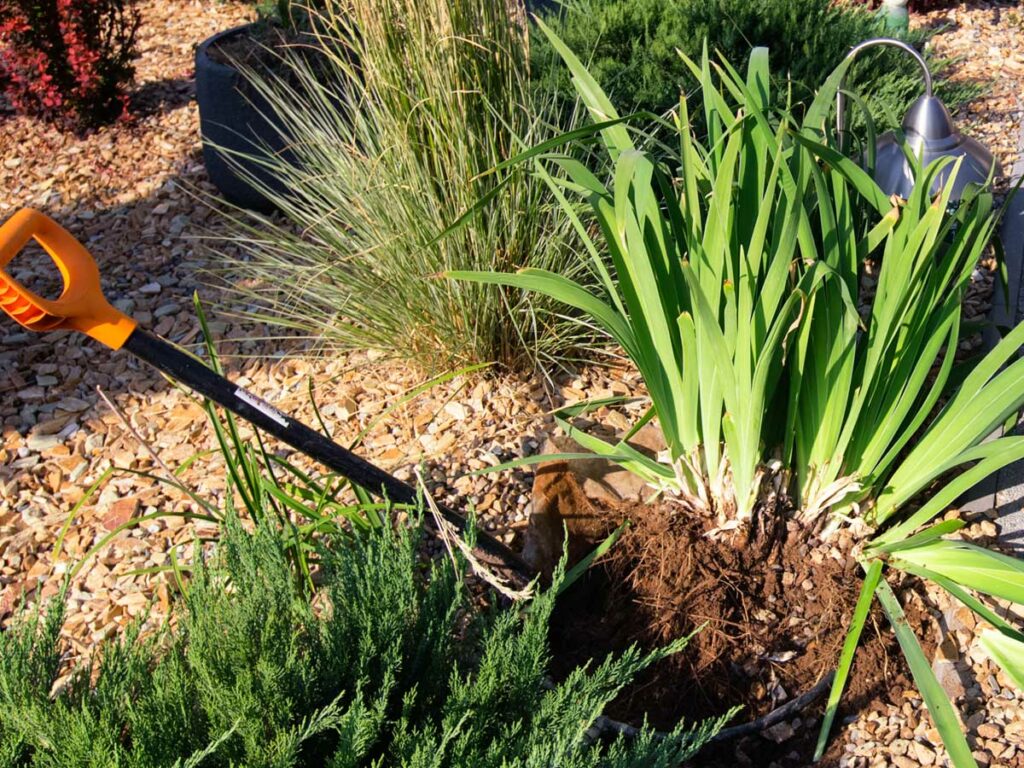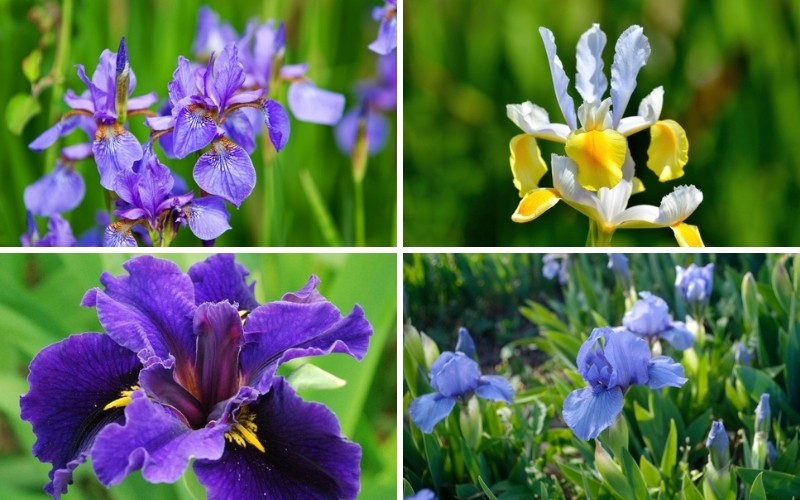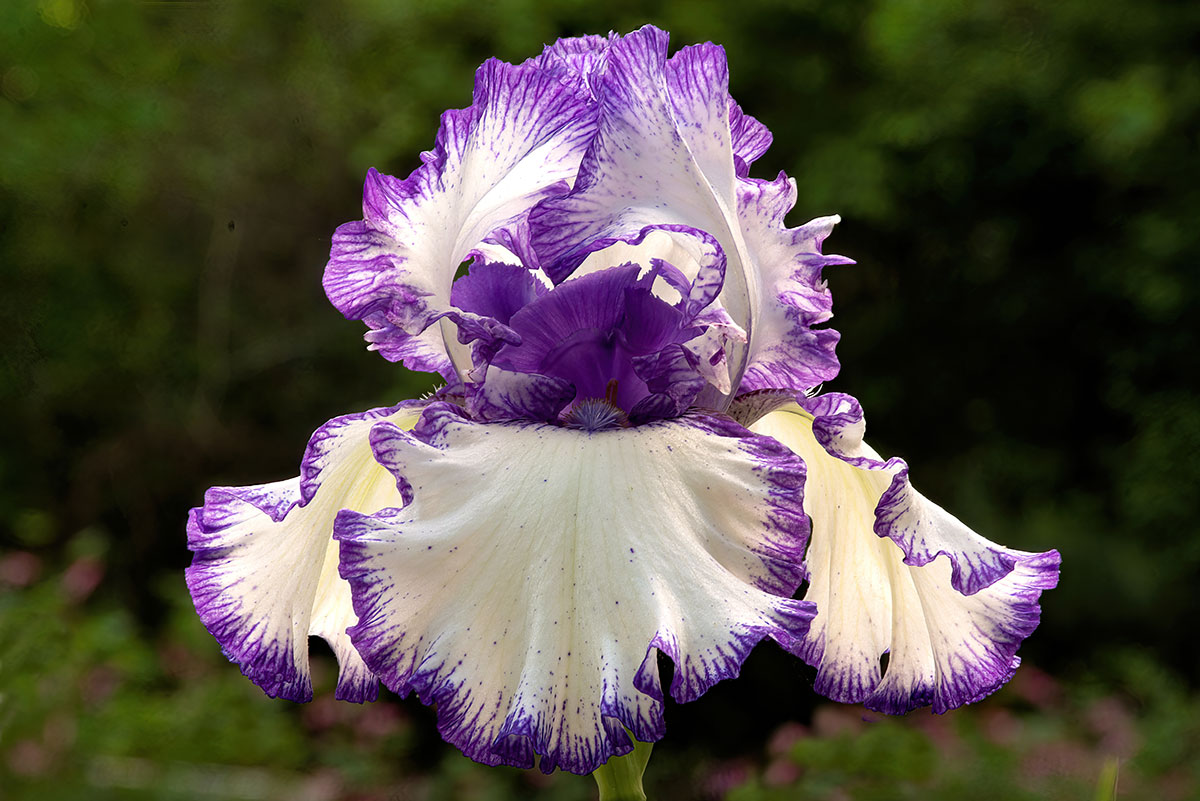
Irises are a classic flower that are known for their iconic blooms that come in a wide array of colors and shapes. While they are one of the easiest plants to care for, things can arise that interfere with the irises’ ability to bloom. The good news, however, is that most of these issues can be fairly easy to correct.
Iris Care Requirements To Promote Blooms
The most common cause of an iris not blooming is improper care. Even though irises are pretty laid back plants that don’t require much maintenance, they still need a certain level of care to be healthy and produce blooms.
Soil
The type of soil that the iris grows in is important not just for the overall health and wellness of the plant, but to also promote blooms. Most irises do not like their feet wet, so make sure to plant them in soil that is well-draining, light, and airy. If your soil isn’t ideal, amend it with compost and high-quality potting soil to improve its draining ability.
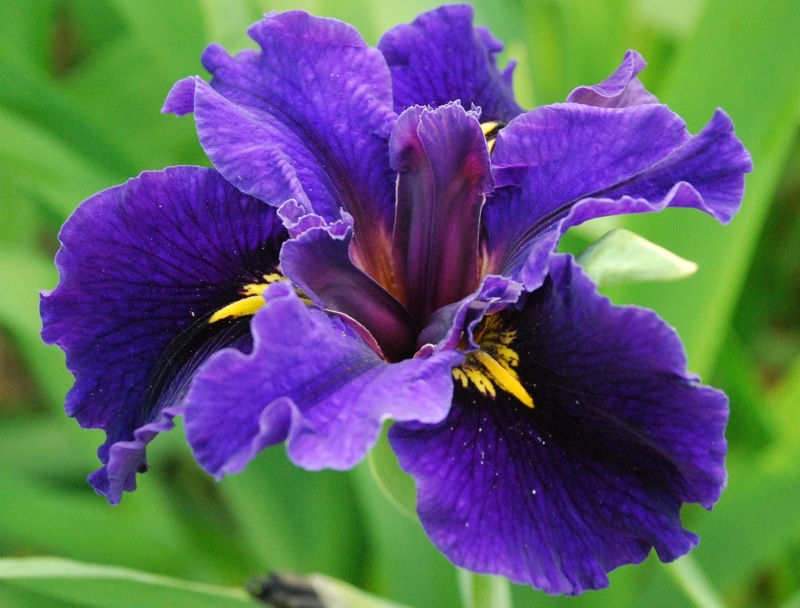
Sun
Sunlight is another important aspect that can cause irises to not bloom. While irises can live in partial shade, they perform the best when they get at least 6 hours of sunlight. If your irises aren’t receiving this amount of light, consider transplanting them to a sunnier area in your garden.
Water
While you probably won’t have to regularly water the irises, there may come a time when the plant will need some supplemental watering. Most irises don’t need to be kept constantly moist, but they will need water during periods of drought.
If your area hasn’t seen any rain in a week or so, consider watering the plants around your garden to help prevent them from becoming stressed, while also encouraging growth and blooms.
Keep in mind, however, that there is a species of iris that thrives in moist bogs. The Southern Blue Flag iris is a moisture-loving plant that needs an abundance of water. While it can survive short periods of drought, if you have this type of iris and it isn’t blooming, you may want to increase the amount of water it receives.
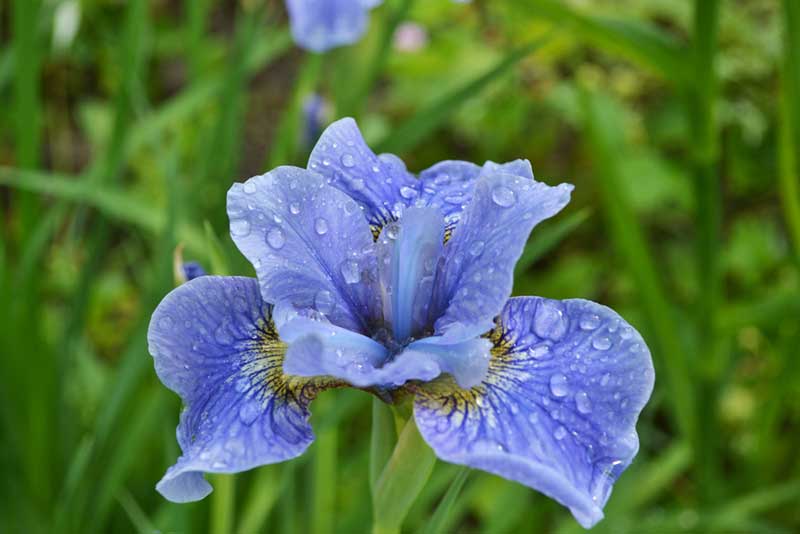
Divide The Irises
Besides improper care, the main cause of irises not blooming is that there are just too many of them in one single spot. Irises like to spread, which can result in crowding.
Overcrowding causes an abundance of problems, including the inability to produce blooms. If your irises aren’t blooming, consider dividing them into other areas in your landscape.
Bad Bulbs or Rhizomes
Depending on the species of irises, your irises will grow from either bulbs or rhizomes, which are unground stems. In optimum growing conditions, the bulb or rhizome will sprout, resulting in the irises’ stems, foliage, and blooms that we see above ground. Sometimes, however, the bulbs and rhizomes will go bad, become soggy or mushing, and smell unpleasant. When this occurs, the plant cannot produce new growth and won’t flower. Any bad bulbs or rhizomes you find should be discarded.
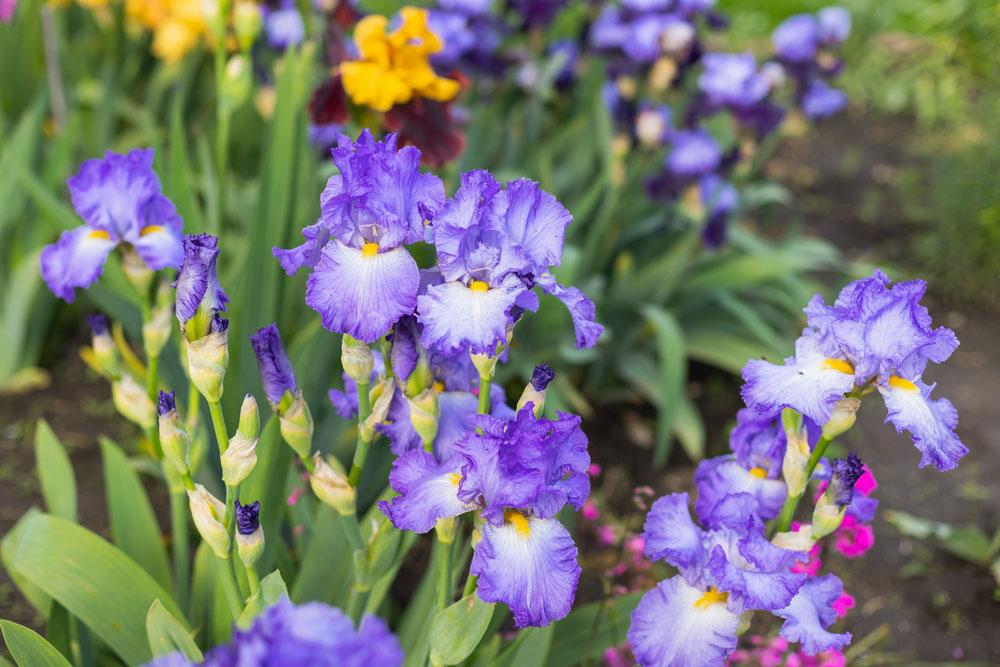
Don’t Remove The Green Foliage
One of the quickest ways to ensure the irises won’t bloom is to remove any green foliage from the plant. The plant’s rhizomes typically store its energy, which it needs to produce blooms, in the green leaves. If you remove them, you remove that energy from the plant and thus prevent the iris from flowering. You can, however, remove the plant’s blooms once they are spent. This will help promote good growth in the rest of the plant.
Plant At The Correct Depth
How deep the iris is planted can also affect whether it produces blooms or not. For irises with rhizomes, plant closer to the soil level, with the rhizomes at or just below the surface of the soil. For iris bulbs, however, plant a bit deeper at about 4-inches below the soil level.





